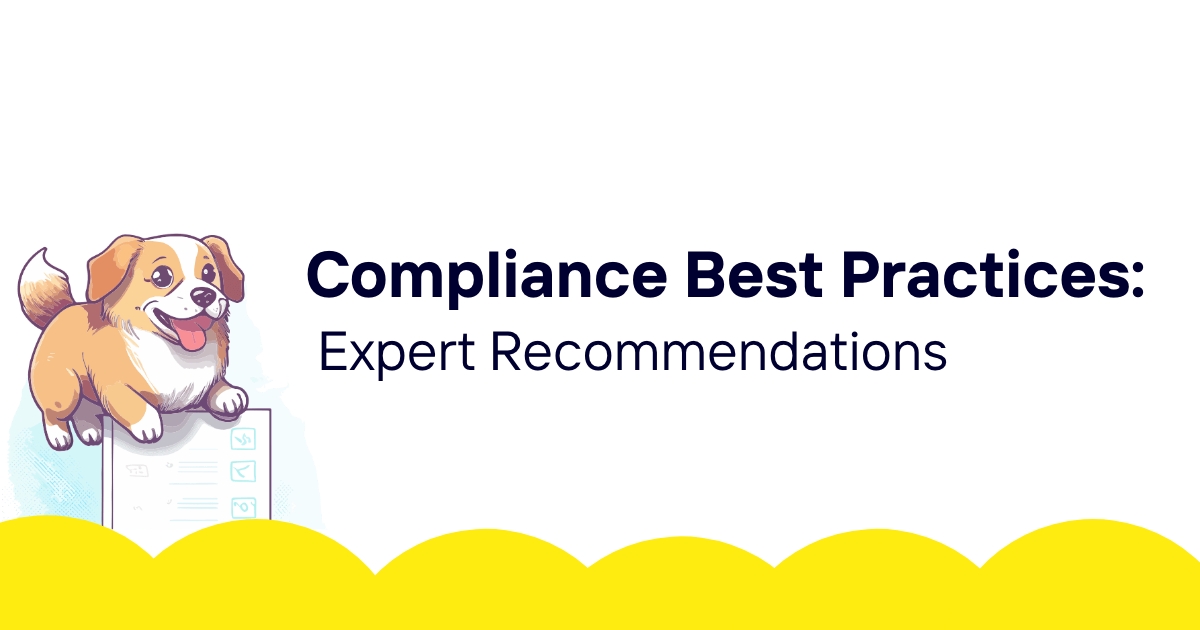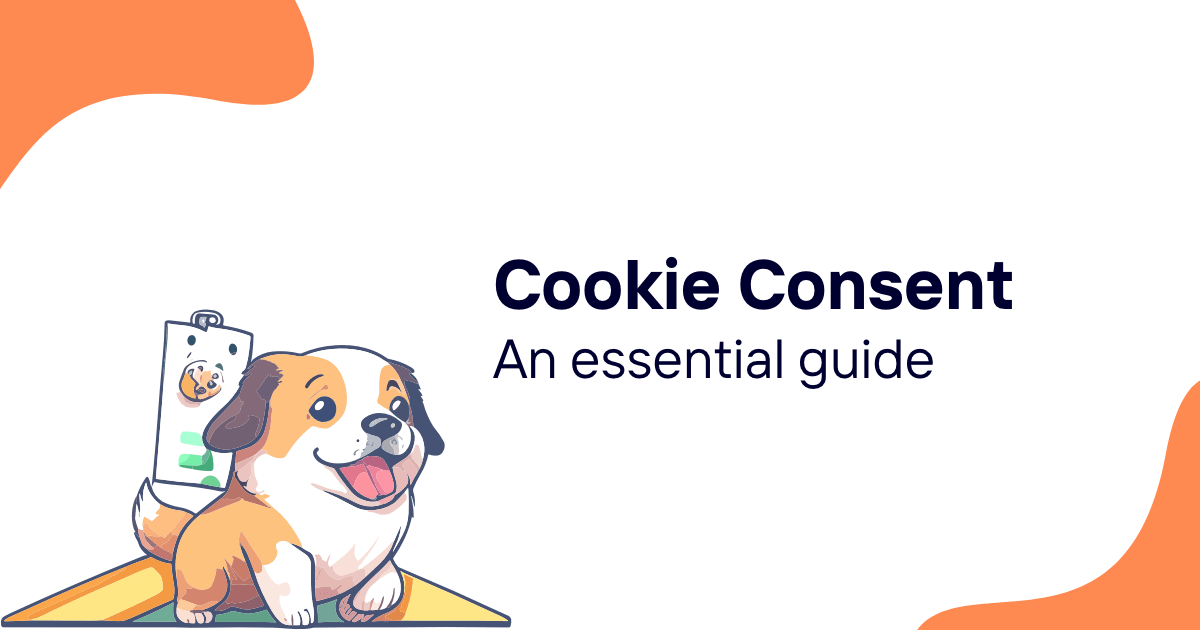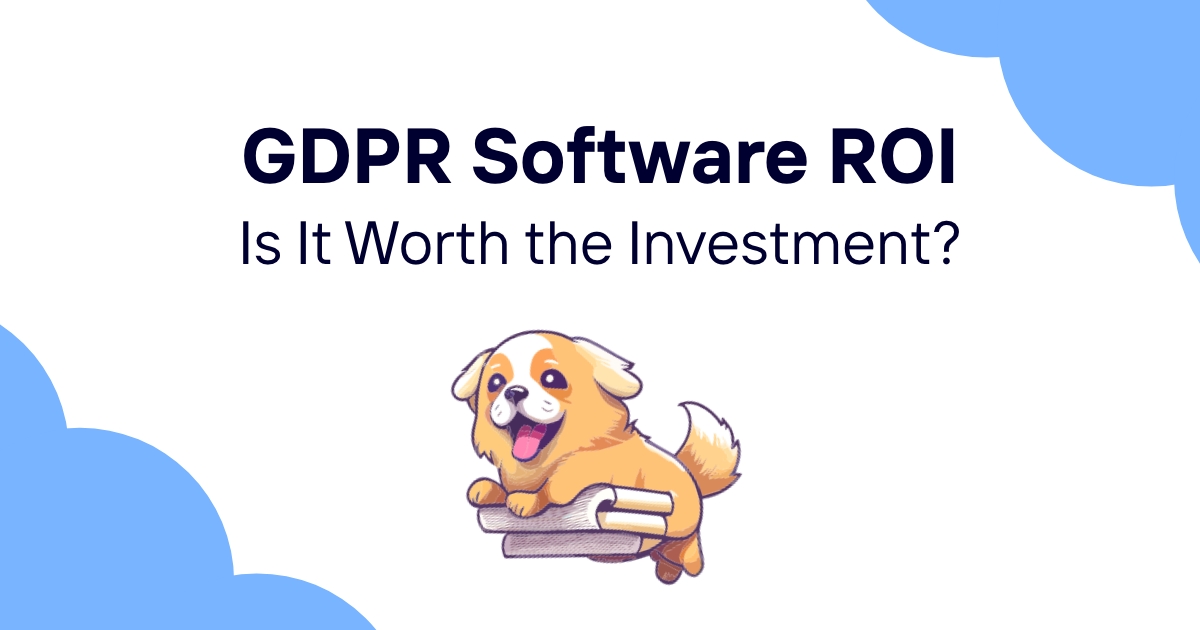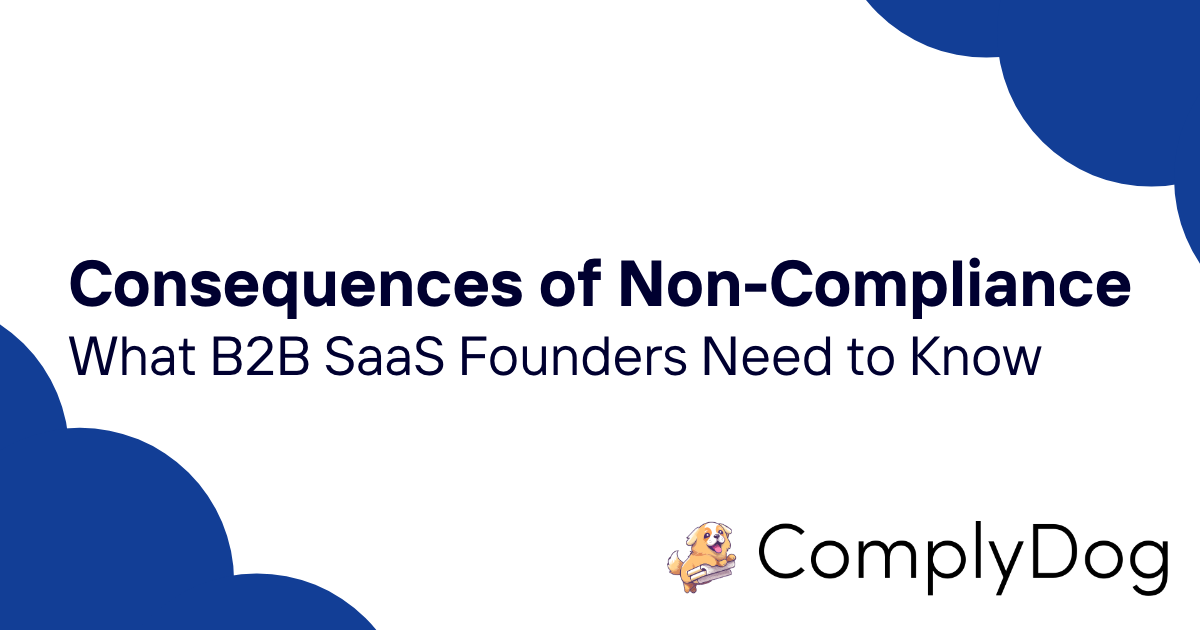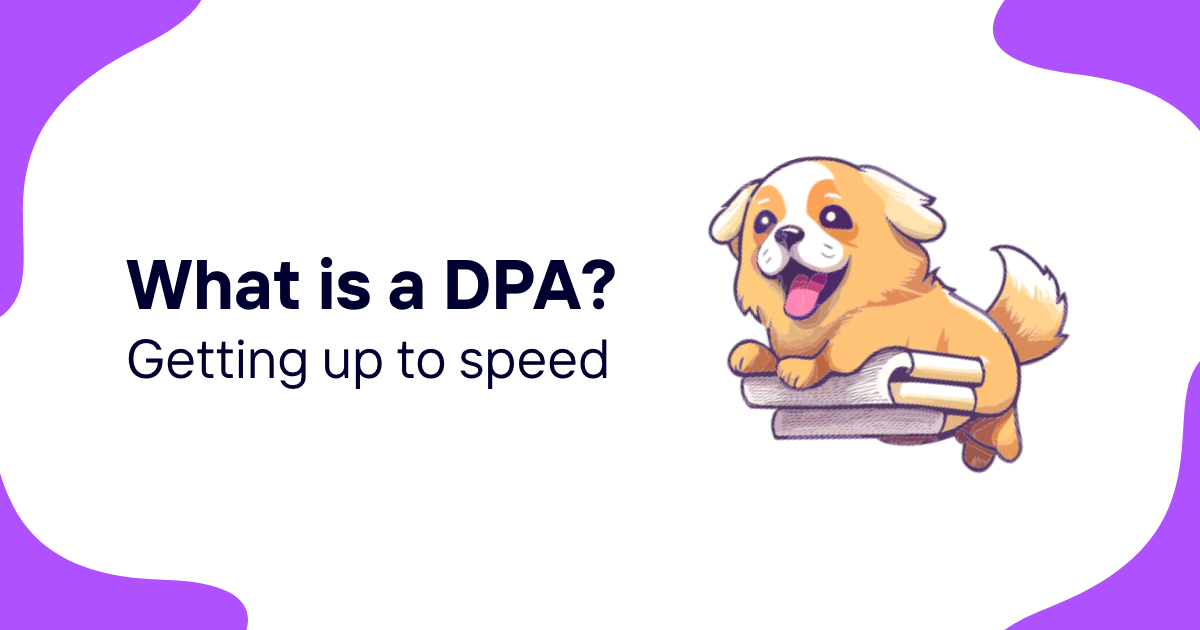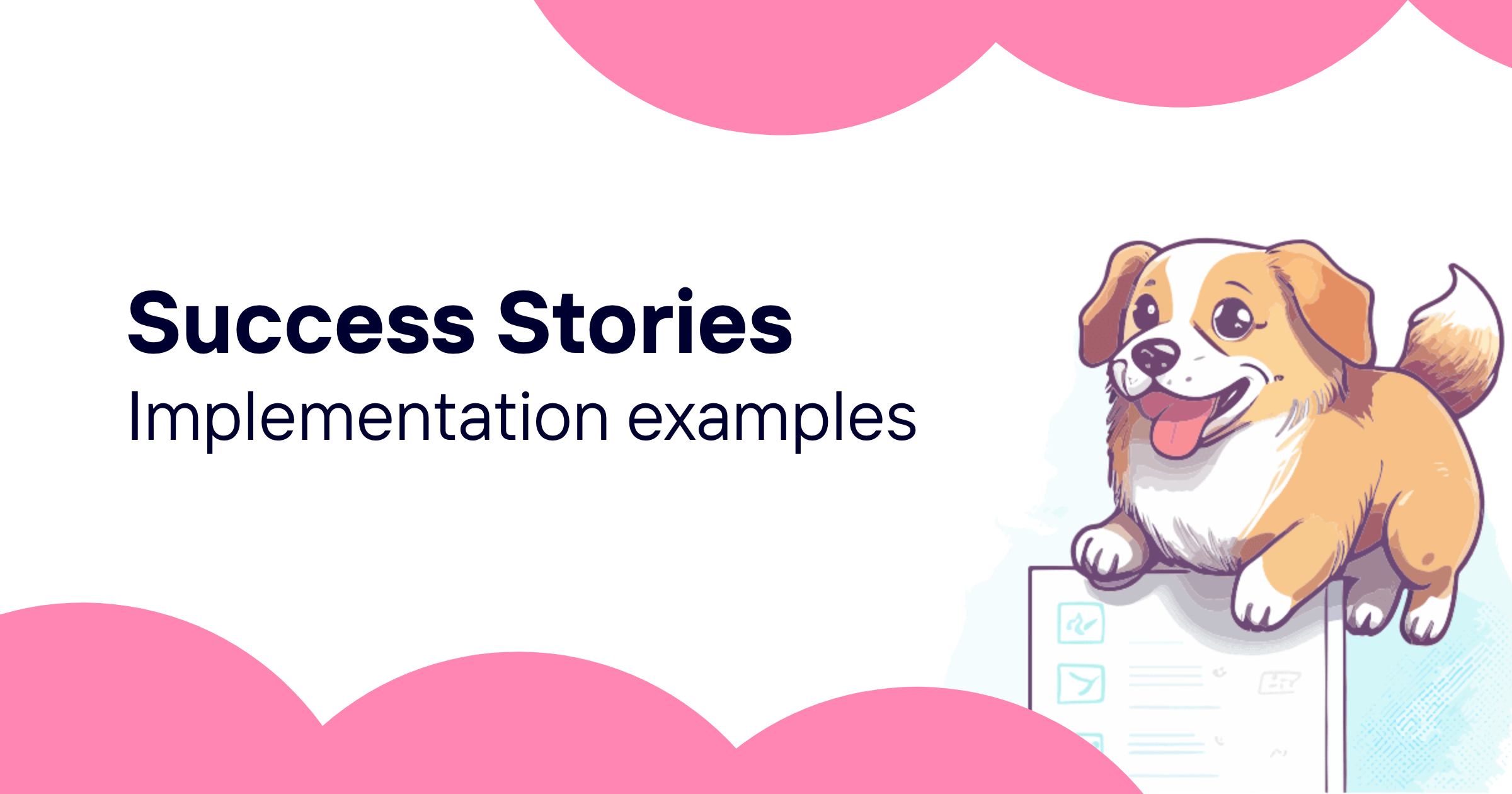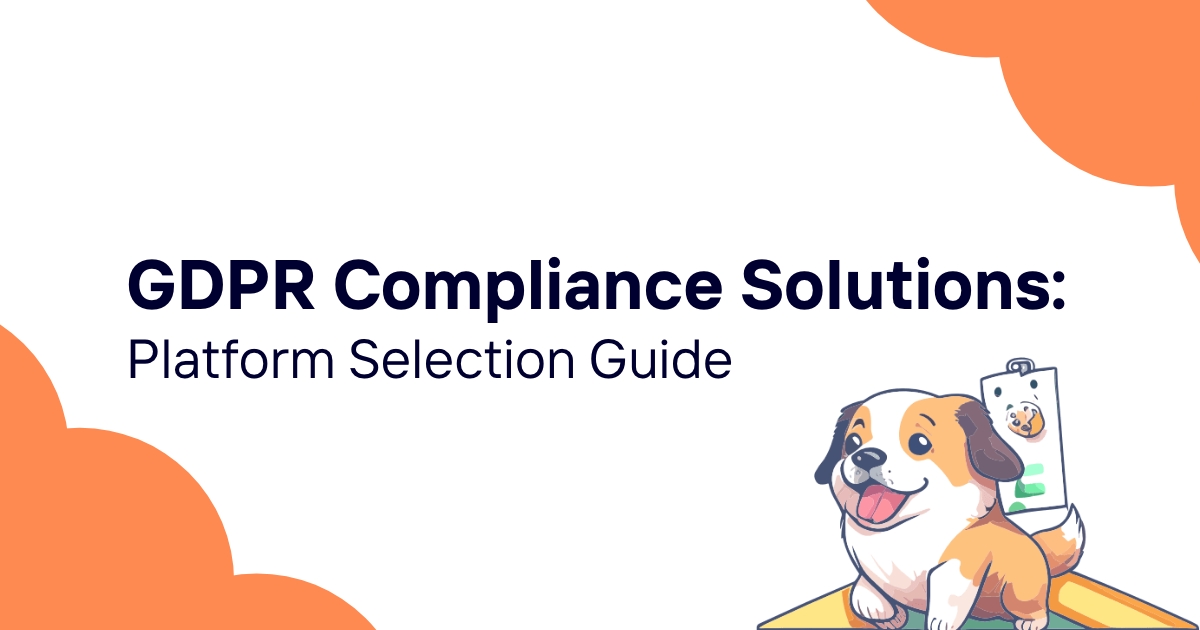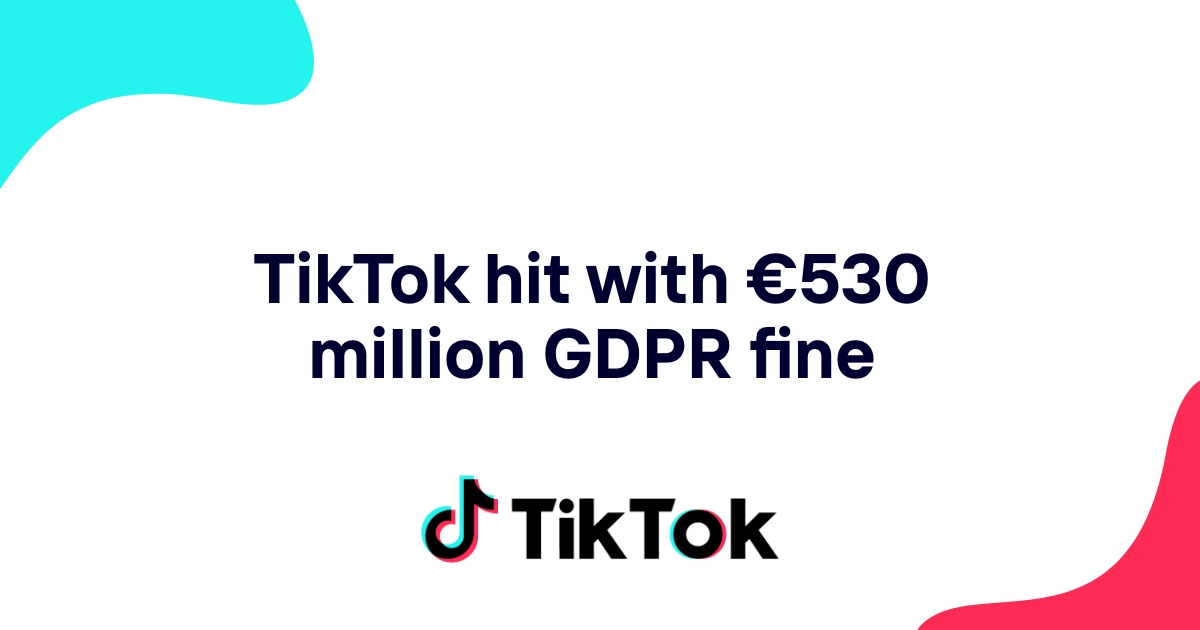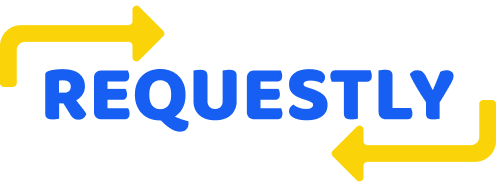GDPR compliance best practices emerge from organizations that transform privacy from regulatory burden to strategic advantage through thoughtful implementation and continuous improvement. These practices go beyond minimum compliance to create privacy programs that build customer trust while enabling business growth.
The difference between basic compliance and privacy excellence lies in systematic approaches that integrate privacy protection throughout business operations rather than treating it as isolated compliance activity. Leading organizations demonstrate that privacy leadership creates competitive advantages while reducing risks.
This guide presents expert-recommended best practices that enable organizations to achieve privacy excellence while building sustainable compliance capabilities that support long-term business success.
Foundation Best Practices for GDPR Success
Executive Leadership and Governance
Strong executive sponsorship provides essential authority and resources for comprehensive privacy program development while demonstrating organizational commitment to privacy protection.
Board-level oversight ensures privacy considerations are integrated into strategic decision-making while providing accountability for privacy program effectiveness and business value creation.
Clear accountability structures assign specific privacy responsibilities throughout the organization while ensuring coordination and avoiding gaps in privacy protection coverage.
Regular governance review processes evaluate privacy program performance while identifying improvement opportunities and ensuring continued alignment with business objectives and regulatory requirements.
Strategic Privacy Planning
Long-term privacy strategy development aligns privacy capabilities with business evolution while anticipating regulatory changes and market opportunities for privacy leadership.
Risk-based approach prioritizes privacy investments based on actual risk exposure while optimizing resource allocation for maximum protection and business value.
Integration with business planning ensures privacy considerations are included in new product development, market expansion, and operational changes from initial planning stages.
Stakeholder engagement includes customers, employees, partners, and regulators in privacy program development while building support and understanding for privacy initiatives.
Resource Allocation Excellence
Adequate budget allocation provides necessary resources for comprehensive privacy program implementation while balancing cost control with effectiveness requirements.
Skilled personnel recruitment and development builds internal privacy expertise while reducing dependency on external consultants and ensuring long-term capability.
Technology investment prioritization focuses on solutions that provide maximum privacy protection and operational efficiency while supporting business growth and innovation.
Continuous learning culture ensures privacy capabilities evolve with changing regulations and business requirements while maintaining competitive advantage through privacy leadership.
Performance Measurement Framework
Comprehensive metrics track privacy program effectiveness including compliance outcomes, risk reduction, operational efficiency, and business value creation.
Regular assessment cycles provide systematic evaluation of privacy program performance while identifying areas for improvement and optimization.
Benchmarking against industry standards enables objective evaluation of privacy program maturity while identifying opportunities for competitive advantage through privacy excellence.
Return on investment calculation demonstrates privacy program value while supporting continued investment and organizational support for privacy initiatives.
Data Governance Excellence
Comprehensive Data Inventory
Systematic data discovery identifies all personal data processing activities including obvious and hidden data collection across business operations and technology systems.
Dynamic data mapping maintains current understanding of data flows as business operations evolve while ensuring comprehensive coverage of new processing activities.
Data classification systems enable appropriate protection based on sensitivity levels while supporting efficient resource allocation and risk management decisions.
Regular inventory updates ensure data understanding remains current as business activities change while maintaining comprehensive visibility into privacy risks and obligations.
Purpose Limitation Implementation
Clear purpose definition establishes specific, documented reasons for personal data processing while preventing scope creep and unauthorized use expansion.
Processing boundary enforcement ensures data use stays within documented purposes while providing technical and organizational controls to prevent unauthorized access or use.
Cross-functional coordination ensures purpose limitations are understood and respected across all business functions while maintaining operational efficiency and compliance effectiveness.
Purpose change management addresses business evolution that might affect data processing purposes while ensuring appropriate consent updates and compliance verification.
Data Minimization Excellence
Collection optimization reduces personal data gathering to only information necessary for specific business purposes while maintaining functionality and user experience.
Processing efficiency ensures data analysis and business operations use minimal personal data while achieving legitimate business objectives and customer service goals.
Storage optimization implements appropriate data retention periods while ensuring automatic deletion when business purposes are achieved or retention periods expire.
Sharing limitations restrict personal data access to authorized personnel and systems while maintaining business functionality and operational efficiency.
Data Quality Management
Accuracy procedures ensure personal data remains current and correct throughout processing lifecycle while enabling efficient correction and update processes.
Validation systems verify data quality at collection points while preventing inaccurate information from entering organizational systems and business processes.
Regular data review identifies and corrects outdated or incorrect information while maintaining database quality and operational efficiency.
Individual rights support enables data subjects to correct inaccurate information while providing efficient procedures for data verification and update.
Privacy by Design Implementation
System Architecture Planning
Privacy considerations integration into system design ensures data protection principles are built into technology infrastructure rather than added as afterthoughts.
Default privacy settings provide maximum protection without requiring user configuration while enabling optional feature activation through explicit choice.
Data flow optimization minimizes personal data exposure throughout system operations while maintaining necessary functionality and business value.
Security architecture ensures comprehensive protection throughout data lifecycle while providing appropriate access controls and monitoring capabilities.
Development Process Integration
Privacy requirements incorporation into development methodologies ensures data protection considerations are addressed throughout software creation and enhancement.
Code review procedures include privacy verification while ensuring secure coding practices and appropriate data handling throughout application development.
Testing protocols validate privacy controls work correctly while ensuring comprehensive protection across different usage scenarios and business conditions.
Documentation standards maintain comprehensive records of privacy implementation decisions while supporting ongoing maintenance and compliance verification.
Vendor Management Excellence
Due diligence procedures evaluate vendor privacy capabilities while ensuring third-party services meet organizational privacy standards and regulatory requirements.
Contract management includes comprehensive data processing agreements while ensuring vendor accountability for privacy protection throughout service relationships.
Ongoing monitoring tracks vendor privacy performance while identifying issues requiring attention or contract modification to maintain appropriate protection.
Incident coordination addresses privacy issues involving vendors while ensuring rapid response and appropriate remediation across complex vendor ecosystems.
Innovation with Privacy Protection
Privacy-enhancing technologies enable business innovation while providing enhanced personal data protection through technical solutions like encryption and anonymization.
Ethical data use frameworks guide decision-making about new data processing activities while ensuring respect for individual privacy and organizational values.
Research and development integration includes privacy considerations in innovation projects while enabling competitive advantage through privacy-conscious product development.
Market opportunity identification leverages privacy capabilities for business development while creating competitive advantages through privacy leadership and customer trust.
Consent Management Optimization
Consent Collection Excellence
Clear value propositions explain benefits individuals receive from data processing while supporting informed consent decisions and positive user experiences.
Granular consent options enable specific choices about different processing activities while providing appropriate control without overwhelming users with complex decisions.
User experience optimization balances comprehensive information with usability while ensuring consent processes are efficient and user-friendly across different devices and platforms.
Documentation systems capture comprehensive consent records while providing audit trails for compliance verification and individual rights support.
Real-Time Consent Enforcement
Technical architecture ensures consent preferences are immediately respected across all systems while preventing unauthorized processing when consent is withdrawn.
Integration systems coordinate consent status across multiple platforms while ensuring consistent enforcement regardless of where processing occurs.
Performance optimization ensures consent checking doesn't negatively impact system speed while maintaining real-time enforcement and user experience quality.
Error handling manages consent system failures appropriately while ensuring privacy protection is maintained during technical difficulties or system maintenance.
Consent Lifecycle Management
Renewal procedures address consent expiration while providing appropriate timing and user experience for consent refresh without creating unnecessary burden.
Withdrawal mechanisms enable easy consent modification while ensuring immediate enforcement and appropriate system response to preference changes.
Preference management provides comprehensive user control while enabling efficient consent administration and supporting positive ongoing relationships.
Historical tracking maintains complete records of consent changes while supporting compliance demonstration and individual rights fulfillment.
Cross-Channel Coordination
Multi-platform synchronization ensures consent preferences are respected across websites, mobile apps, email marketing, and offline interactions consistently.
Channel-specific optimization adapts consent collection to platform capabilities while maintaining consistent protection standards and user control options.
Integration management coordinates consent across third-party services while maintaining visibility and control over consent status throughout vendor relationships.
Conflict resolution addresses situations where consent preferences differ across channels while establishing clear procedures for managing preference inconsistencies.
Technical Security Best Practices
Encryption Implementation Excellence
Data-at-rest encryption protects stored personal data using appropriate algorithms while maintaining system performance and operational efficiency.
Data-in-transit encryption secures personal data during transmission while ensuring comprehensive protection across all communication channels and integration points.
Key management systems provide secure encryption key storage and rotation while ensuring appropriate access controls and audit capabilities for key administration.
End-to-end encryption enables comprehensive data protection while maintaining necessary business functionality and system integration capabilities.
Access Control Optimization
Role-based access control limits personal data access to authorized personnel while providing granular permissions based on business necessity and job functions.
Multi-factor authentication enhances security for privileged access while ensuring appropriate verification for high-risk data access and system administration.
Access monitoring tracks all personal data access while providing comprehensive audit trails for compliance verification and security incident investigation.
Regular access review ensures permissions remain appropriate while removing unnecessary access and maintaining principle of least privilege throughout organizational changes.
Security Monitoring Excellence
Real-time monitoring detects unusual access patterns while providing immediate alerts for potential security incidents affecting personal data protection.
Anomaly detection identifies atypical system behavior while enabling rapid response to potential threats before they compromise personal data security.
Incident response procedures provide systematic approaches for managing security events while ensuring appropriate notification and remediation activities.
Forensic capabilities enable thorough investigation of security incidents while maintaining evidence integrity and supporting regulatory reporting requirements.
Vulnerability Management
Regular security assessments identify potential weaknesses while ensuring proactive remediation of vulnerabilities that could affect personal data protection.
Patch management procedures ensure timely security updates while maintaining system stability and operational continuity throughout security maintenance.
Penetration testing validates security controls effectiveness while identifying areas requiring enhancement or additional protection measures.
Third-party security assessment evaluates vendor security practices while ensuring appropriate protection throughout complex technology ecosystems and service relationships.
Organizational Culture Development
Privacy Awareness Building
Comprehensive training programs provide role-specific privacy education while building organizational understanding of privacy principles and practical implementation requirements.
Communication campaigns maintain ongoing privacy awareness while reinforcing training concepts and addressing questions or concerns from staff and stakeholders.
Success stories and recognition programs celebrate privacy achievements while building positive associations with privacy protection and encouraging continued excellence.
Leadership demonstration shows privacy commitment through executive behavior while reinforcing organizational values and encouraging privacy-conscious decision-making.
Decision-Making Integration
Privacy impact consideration in business decisions ensures data protection principles influence strategy development while supporting privacy-conscious business growth.
Risk assessment procedures evaluate privacy implications of new initiatives while providing systematic approaches for identifying and mitigating privacy risks.
Stakeholder consultation includes privacy specialists in business planning while ensuring privacy expertise contributes to strategic decision-making processes.
Documentation requirements capture privacy considerations in business decisions while providing accountability and enabling continuous improvement in privacy integration.
Performance and Incentives
Privacy performance metrics include privacy outcomes in employee evaluations while encouraging privacy-conscious behavior throughout daily business operations.
Recognition programs acknowledge privacy excellence while building organizational culture that values data protection and individual rights respect.
Career development opportunities in privacy fields encourage internal expertise development while building organizational capabilities and reducing external dependency.
Innovation incentives encourage privacy-enhancing solutions while supporting business development that leverages privacy capabilities for competitive advantage.
Continuous Learning
Industry engagement through conferences and professional associations builds privacy knowledge while connecting organizations with privacy best practices and regulatory developments.
Regulatory monitoring tracks privacy law changes while ensuring organizational awareness of evolving requirements and enforcement trends affecting business operations.
Best practice research identifies innovative privacy approaches while enabling adoption of leading practices that enhance privacy protection and business value.
Peer networking enables knowledge sharing while building relationships that support privacy program development and problem-solving capabilities.
Continuous Improvement Strategies
Regular Assessment and Optimization
Systematic evaluation cycles assess privacy program effectiveness while identifying opportunities for enhancement and optimization based on performance data and stakeholder feedback.
Gap analysis identifies areas where privacy practices could be strengthened while providing specific recommendations for improvement based on regulatory requirements and industry standards.
Maturity assessment benchmarks privacy program development while planning advancement toward higher levels of privacy capability and organizational excellence.
Cost-benefit analysis evaluates privacy investment effectiveness while identifying opportunities for optimization and additional value creation through privacy program enhancement.
Technology Evolution Management
Emerging technology evaluation considers privacy implications of new tools while ensuring innovation supports rather than compromises privacy protection and regulatory compliance.
Platform modernization includes privacy enhancement opportunities while ensuring technology evolution strengthens rather than weakens data protection capabilities.
Integration improvement enhances privacy tool effectiveness while reducing complexity and improving operational efficiency through better system coordination.
Automation expansion reduces manual privacy tasks while improving accuracy and consistency of privacy protection throughout organizational operations.
Regulatory Adaptation
Regulatory change monitoring tracks privacy law evolution while ensuring timely adaptation to new requirements and enforcement approaches affecting business operations.
Guidance interpretation translates regulatory updates into practical implementation requirements while ensuring appropriate organizational response to changing compliance expectations.
Industry standard adoption incorporates privacy best practices while maintaining competitive positioning and regulatory compliance through evolving privacy frameworks.
Enforcement trend analysis evaluates regulatory priorities while adjusting privacy program focus to address areas receiving increased regulatory attention and enforcement activity.
Stakeholder Feedback Integration
Customer input collection gathers privacy feedback while identifying opportunities for enhancement based on user experience and privacy expectation evolution.
Employee feedback addresses privacy program operational effectiveness while identifying areas where procedural improvements could enhance efficiency and compliance outcomes.
Partner consultation includes privacy considerations in business relationships while building collaborative approaches to privacy protection throughout business ecosystems.
Consider how continuous improvement integrates with systematic challenge resolution and organizational learning from implementation experiences.
Industry-Specific Best Practices
Technology Sector Excellence
Privacy-by-design integration into product development ensures data protection principles are built into technology solutions while enabling innovation and competitive advantage.
User control emphasis provides comprehensive privacy settings while enabling customer choice and supporting positive user experiences with privacy-conscious technology.
Developer education ensures engineering teams understand privacy requirements while building technical capabilities for privacy-conscious software development and system architecture.
Open source contribution to privacy tools demonstrates thought leadership while building industry relationships and contributing to privacy technology advancement.
Financial Services Specialization
Regulatory integration coordinates privacy compliance with financial regulations while ensuring comprehensive protection across complex regulatory environments.
Customer communication addresses privacy in financial contexts while building trust and supporting compliance with sector-specific privacy expectations and requirements.
Risk management integration includes privacy considerations in financial risk assessment while ensuring comprehensive protection across all business activities and customer relationships.
Fraud prevention coordination balances security requirements with privacy protection while ensuring appropriate data use for legitimate fraud detection and prevention activities.
Healthcare Privacy Leadership
Special category data protection addresses health information sensitivity while ensuring appropriate technical and organizational measures for enhanced protection.
Patient rights emphasis provides comprehensive individual control while supporting healthcare delivery and ensuring appropriate access to medical information and services.
Research compliance coordinates privacy protection with medical research while enabling beneficial health research within appropriate privacy protection frameworks.
Interoperability planning ensures privacy protection across healthcare systems while enabling necessary medical information sharing for patient care and treatment coordination.
Retail and E-commerce Optimization
Customer experience optimization balances privacy protection with personalization while providing value to customers through privacy-conscious service enhancement.
Marketing compliance ensures promotional activities respect privacy preferences while enabling effective customer communication and business development.
Payment processing security protects financial information while ensuring smooth transaction processing and customer confidence in e-commerce security and privacy protection.
Supply chain privacy addresses vendor relationships while ensuring comprehensive protection throughout complex retail operations and third-party service relationships.
GDPR compliance best practices enable organizations to transform privacy from regulatory obligation to strategic advantage through systematic implementation and continuous improvement. Organizations that adopt comprehensive best practices typically achieve better compliance outcomes while building competitive advantages through privacy leadership.
Effective best practice implementation requires commitment to excellence and continuous learning while building organizational capabilities that support long-term privacy success and business value creation.
Ready to implement GDPR compliance best practices with expert guidance and proven strategies? Use ComplyDog and access best practice frameworks, implementation guidance, and continuous improvement tools that support privacy excellence and competitive advantage through comprehensive data protection.
